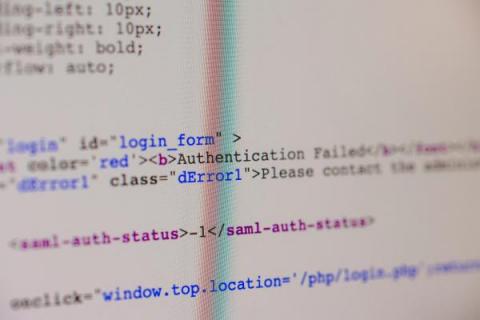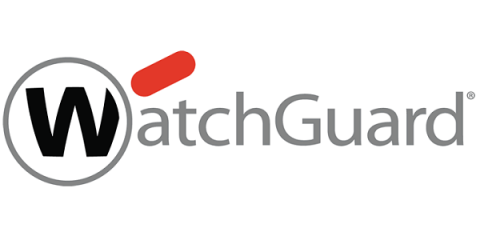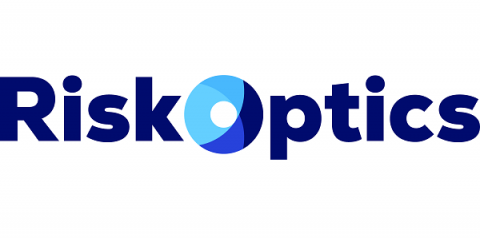Security | Threat Detection | Cyberattacks | DevSecOps | Compliance
Security
Pfizer IP Leak Isn't Unique. Protect Your Cloud Data With Proactive Encryption.
The pharmaceutical company Pfizer recently acknowledged that thousands of internal documents were leaked, including trade secrets related to its COVID-19 vaccine. In a California lawsuit, Pfizer stated that a former employee had exfiltrated sensitive data to their personal cloud accounts and devices while they were still working there.
The State of Security in the UK: Lessons from the NCSC Report
The National Cyber Security Centre (NCSC) recently released its fifth annual review of the state of cybersecurity in the United Kingdom. The report is presented under five headings including an analysis of and response “The Threat,” advice for resilience, advances in threat detection and prevention technology, improving the cybersecurity ecosystem, and global leadership. The overarching message of the report is to provide safety for all online activities of all UK citizens.
Review and Approve GxP Documents with Egnyte
Multiple team members within a life science company may need to periodically review and approve GxP documents for compliance purposes, including those on the clinical, regulatory, quality and product teams. And with so many parties involved, you need to establish a clear and uniform set of instructions to ensure the process is a success.
Database Security: How Cloud DLP Can Help Protect Sensitive Data
Some of the most damaging data leaks have resulted from poor database security. In March 2020, 10.88 billion records were stolen from adult video streaming website CAM4’s cloud storage servers. In March 2018, 1.1 billion people were the victim of a breach of the world’s largest biometric database, Aadhaar. And, in April 2021, 533 million users had their information compromised when a Facebook database was leaked on the dark web for free.
Knowing where access attempts come from, the key to MFA
Cyberattacks in the field of geopolitics are playing an increasingly important role. 2020 was an intense year during which the pandemic was used for disinformation campaigns and there were serious incidents caused by groups linked to foreign powers.
Simulating, Detecting, and Responding to Log4Shell with Splunk
For more information on how to respond to the Log4j vulnerabilities using Splunk products, please see our Log4Shell response overview page. Like most cybersecurity teams, the Splunk Threat Research Team (STRT) has been heads-down attempting to understand, simulate, and detect the Log4j attack vector. This post shares detection opportunities STRT found in different stages of successful Log4Shell exploitation.
How Kroll is Handling CVE-2021-44228 (Log4J / Log4Shell)
A critical vulnerability has been recently discovered in the Apache Log4j Java logging library (CVE-2021-44228), a library used in many client and server applications. The Log4j library is commonly included in Java based software including multiple Apache frameworks such as Struts2, Solr, Druid and Fink. The library provides enhanced logging functionality for Java applications and is commonly used in business system development.
Locking Your Domain Name Helps Fight Cybercrime
Ransomware and cybercrime have had a major presence in the media this past year with some very prominent attacks happening in 2021 making headlines as well as government-issued executive orders emphasizing the need for stronger cybersecurity. This has resulted in many organizations taking action to bolster their security efforts which can make it difficult for cyber criminals to successfully conduct their attacks.










